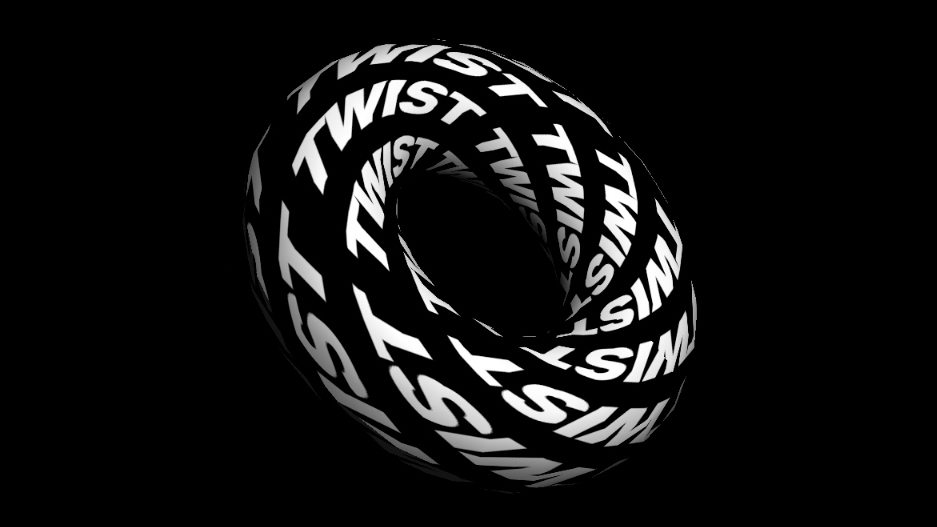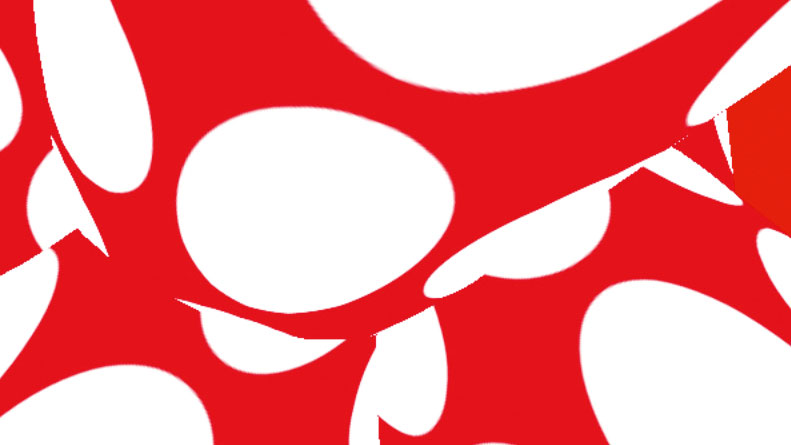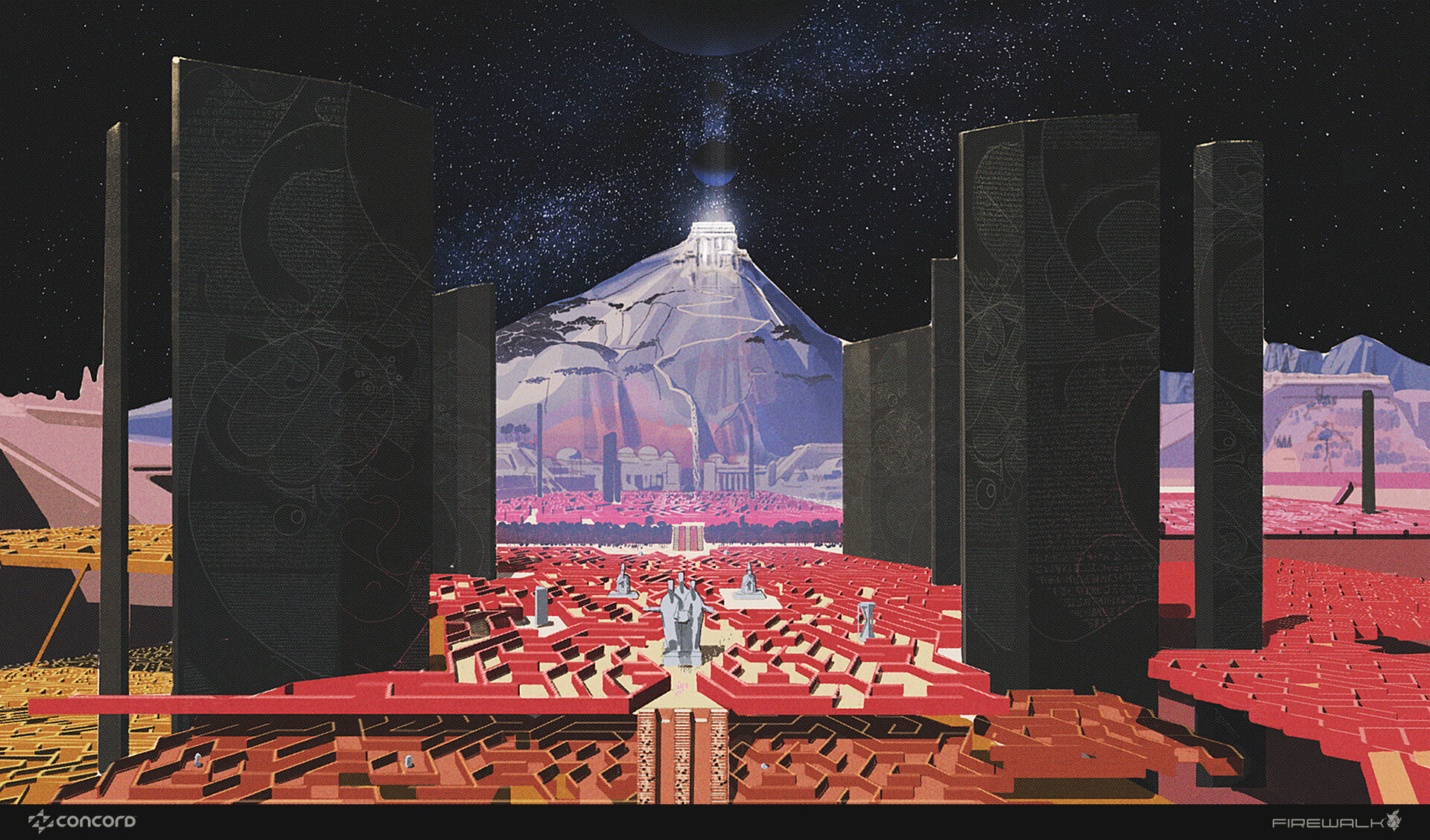
Designers are required to have more and more skills these days. A varied graphic design portfolio is key, which means as well as being confident creating visual identities and branding work, designers are increasingly dabbling in things like 3D art. And as we explain in this article, it's becoming more and more important that graphic designers have a grasp of coding, too.
Understanding how code works can greatly improve the conversations you have with developers as well as making your digital designs better. But taking your first steps into the world of coding can be daunting. You can't jump in straight away with complex CSS animation or parallax scrolling effects. Here are six tips to help ease you into the world of code.
01. Do an online course
There are plenty of online coding courses to help you get started, and these are a great place to start. “There are a myriad of platforms to help you learn coding,” says Craig Frost, product designer at Pusher. “Take your learning deeper by building something end-to-end using courses from world-class developers and teachers. It’s here where pieces start to click together; where you understand the broader picture of design on the web and the tools available to augment your design process and provide useful constraints to your design thinking and exploration.” The following are three good options to get you started:
Treehouse offers a seven-day free trial to its library of video-based coding tutorials. If you like it, you can sign up for a subscription ($26/£20 per month), which allows you to choose from thousands of hours of content covering a wide range of skills and topics, from JavaScript to Python to iOS.
To start coding without spending anything, you could try Codecademy – an interactive platform that offers free coding classes in a range of languages including Python, JavaScript, Ruby, SQL, Sass, HTML and CSS. There’s also a paid pro option ($19.99/£15 per month) that gives you access to a personalised learning plan, quizzes, realistic projects, and live help from advisors.
Finally, Egghead offers a range of video tutorials by industry pros to help you learn the most popular JavaScript tools and frameworks, including React, Angular and Vue.js. Subscriptions cost $29/£22 per month.
02. Use code to break your routine
“As a recent design graduate, I felt like I was hitting a slump after doing four internships in a row,” says Trang Minh Nguyen, a designer working in Berlin, who created the images in this article as part of a coding Instagram project. “Learning to code helped me escape this toxic mindset and open up a new realm of possibilities, especially when it comes to generative design.”
03. Make something

“Think of a project you want to do, pick a language, and just start making,” advises Nguyen. “Get in the habit of creating. Have endless curiosity, look things up, read books, watch tutorials, wake up early so you have a fresh mind. Something will fuck up along the way and that’s OK.”
04. Ask the experts
“Ask lots of questions and if someone who knows what they are talking about offers you their time, snap their hand off,” advises Matt Russell, graphic and web designer at Yorkshire marketing agency Red International. “And keep at it: you are going to hit speed bumps along the way but be patient and work through it.”
05. Don't expect to know it all
“It’s okay to feel lost,” says Jun Taoka of Red Badger. “If your goal is to be a good digital designer and not a full-stack developer, you shouldn’t need to understand every single thing you hear your developers say to each other. If you can communicate to your developers your designs and their interactions then you’re doing enough.”
06. Use metaphors
If new concepts in coding confuse you, try to think of metaphors that will make things clearer. “A developer who helped me start coding once told me to think of the code as if I was building a house,” says Clementine Brown of Red Badger. “The HTML is the frame and bricks, and the CSS is the paint and carpets. That really helped me understand the relationship between the two.”
This article was originally published in Computer Arts, the world's leading design magazine. Buy issue 278 here or subscribe here.
Read more:

Thank you for reading 5 articles this month* Join now for unlimited access
Enjoy your first month for just £1 / $1 / €1
*Read 5 free articles per month without a subscription

Join now for unlimited access
Try first month for just £1 / $1 / €1
Get the Creative Bloq Newsletter
Daily design news, reviews, how-tos and more, as picked by the editors.

Tom May is an award-winning journalist and editor specialising in design, photography and technology. Author of the Amazon #1 bestseller Great TED Talks: Creativity, published by Pavilion Books, Tom was previously editor of Professional Photography magazine, associate editor at Creative Bloq, and deputy editor at net magazine. Today, he is a regular contributor to Creative Bloq and its sister sites Digital Camera World, T3.com and Tech Radar. He also writes for Creative Boom and works on content marketing projects.
